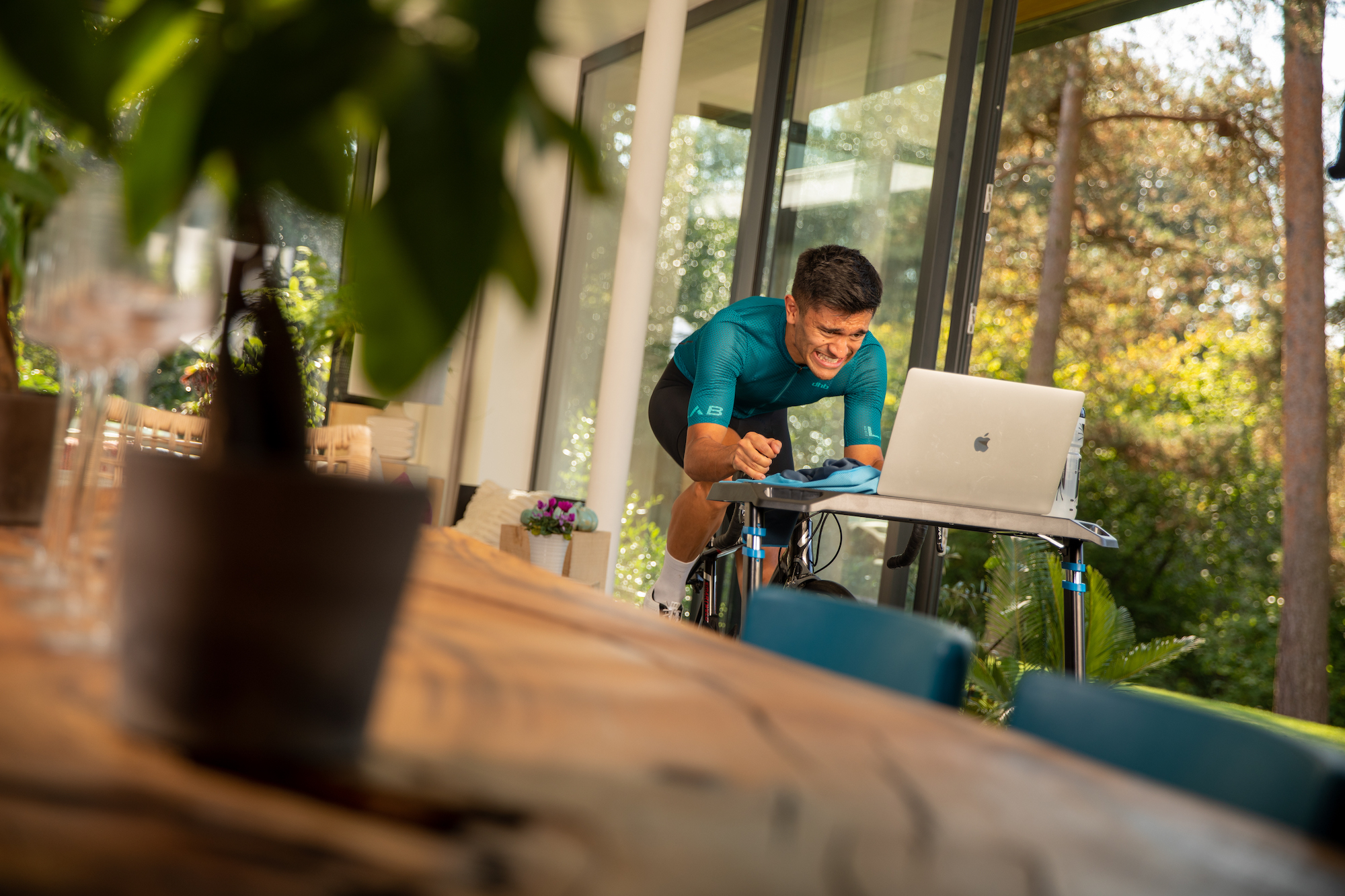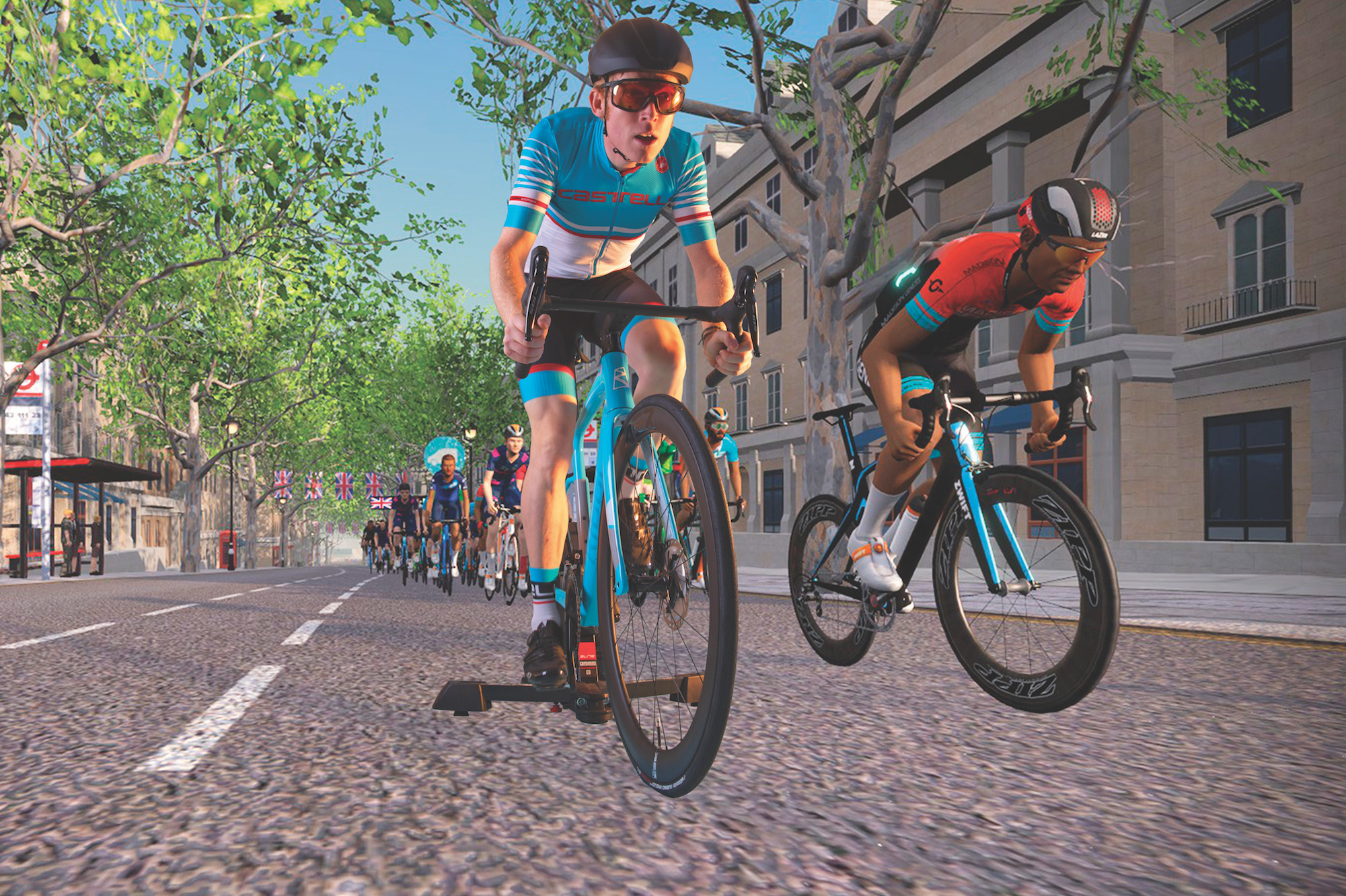Home testing: The best way to measure your fitness levels
Physiological testing is no longer the preserve of the sports science lab. Coach Tom Bell explains how to measure your key benchmarks from the (dis)comfort of your home

Over the last few weeks, many pro racers and their coaches have been busy testing in the lab. This early-season testing is a mainstay at the top level of the sport. It helps coaches understand their athletes’ fitness profiles and to set training intensity targets and priorities.
But fitness testing isn’t just for pros. It can be helpful for cyclists of all abilities – and in this feature we will explore the home-based testing protocols that you can undertake for a fraction of the cost of lab testing.
>>>>Subscribe to Cycling Weekly magazine for more expert fitness advice
As a coach, I often have athletes use home-based testing because it can be performed more regularly, and also provides important data on actual performance as opposed to physiological metrics such as VO2max, which don’t always predict real-world performance very accurately.
In this feature, we’ll review three home-based testing approaches that require only a power meter or smart trainer and a device to record the data (e.g. laptop or cycling computer).
We’ll follow two hypothetical athletes through this article to explore how well the different testing protocols work for different individuals, assessing the pros and cons of the different methods. Both datasets are from real athletes, albeit with names for confidentiality.
Our first athlete, Jane, describes herself as a “diesel engine”. She is able to maintain high power in steadier events (4.4W/kg for over an hour), but struggles to respond to breakaways. Our second athlete, Sarah, is a more explosive rider and excels in races with many surges and attacks. She has a slightly lower one-hour power of 4.3W/kg. Both are preparing for punchy criterium-style races.
Get The Leadout Newsletter
The latest race content, interviews, features, reviews and expert buying guides, direct to your inbox!

The 20-minute FTP test
This protocol (see box) is intended to estimate Functional Threshold Power (FTP), which is the maximum sustainable power over 40-60 minutes. This closely corresponds to the maximum lactate steady state (MLSS), which is a key marker of endurance cycling fitness often tested in the lab.
A key benefit of this protocol is its simplicity. It’s easy to estimate FTP and see how this has changed in response to training. Training intensity zones can also be calculated based on percentages of FTP, such Dr Andrew Coggan’s intensity zones (see box).
A limitation of this test is that it only assesses one aspect of your fitness profile. Looking at the data from Jane and Sarah, below, we can say for sure that Sarah seems to have a slightly higher FTP.
However, the testing doesn’t tell us anything about how these athletes perform over shorter efforts, or what their endurance abilities might be like over several hours. On the basis of the FTP test alone, we can’t confidently say, for either athlete, what they should focus on in training.
To read the full feature grab a copy of the March 17 edition of Cycling Weekly, on sale in shops an online now. You can also subscribe to Cycling Weekly, get more great fitness content each week and save on the cover price.

Thank you for reading 20 articles this month* Join now for unlimited access
Enjoy your first month for just £1 / $1 / €1
*Read 5 free articles per month without a subscription

Join now for unlimited access
Try first month for just £1 / $1 / €1
Tom Bell is reigning British hill-climb champion and coach at High North Performance.
-
 Trek, State and Specialized raise bike prices while other brands limit US releases — Is this just the beginning?
Trek, State and Specialized raise bike prices while other brands limit US releases — Is this just the beginning?As tariffs hit, the bike industry is forced to adapt, whether through price increases, limited releases, or a restructuring of supply chains
By Anne-Marije Rook
-
 How I got my non-cyclist friend hooked on riding bikes — and how you can, too
How I got my non-cyclist friend hooked on riding bikes — and how you can, tooWith a little bit of gentle guidance, “bikes aren’t my thing” can turn into “when’s our next ride?”
By Marley Blonsky
-
 Ed Clancy on his peak power of 1,700 watts, not going to the gym, and his top fitness tips for you
Ed Clancy on his peak power of 1,700 watts, not going to the gym, and his top fitness tips for youMore than a decade competing at the top of cycling, with three Olympic gold medals to his name, Ed Clancy passes on some essential fitness advice
By Chris Marshall-Bell
-
 Is better pedalling really the next big wellspring of untapped watts?
Is better pedalling really the next big wellspring of untapped watts?Eager to substantiate his souplesse, Simon Smythe gets his pedal stroke analysed by an expert
By Simon Smythe
-
 11 things you only know if you race on Zwift
11 things you only know if you race on ZwiftFrom power-ups to pushing watts – a few lessons we learned the hard way
By Alex Ballinger
-
 Secrets of the mountain G.O.A.T.s
Secrets of the mountain G.O.A.T.sWhat does it take to excel as a climber? We asked a selection of mountain GOATs – greatest of all time in their respective uphill specialism, from one minute to two full days
By Chris Marshall-Bell
-
 On doctor’s orders: 10 rules to keep healthy on the bike during winter
On doctor’s orders: 10 rules to keep healthy on the bike during winterHow to stay safe and healthy on the bike this winter – what would a cycling doctor do? Josephine Perry, herself a doctor of psychology, calls up her colleagues to find out
By Josephine Perry
-
 Opinion: Six reasons why I'll be avoiding turbo training
Opinion: Six reasons why I'll be avoiding turbo trainingAs the weather and riding conditions take a turn for the worst, I won't be tempted to dust down the turbo trainer...
By Nigel Wynn
-
 Nine ways to make your turbo sessions more enjoyable
Nine ways to make your turbo sessions more enjoyableTraining indoors is often a necessary evil during the winter, but it doesn't have to be a bad experience
By Henry Robertshaw